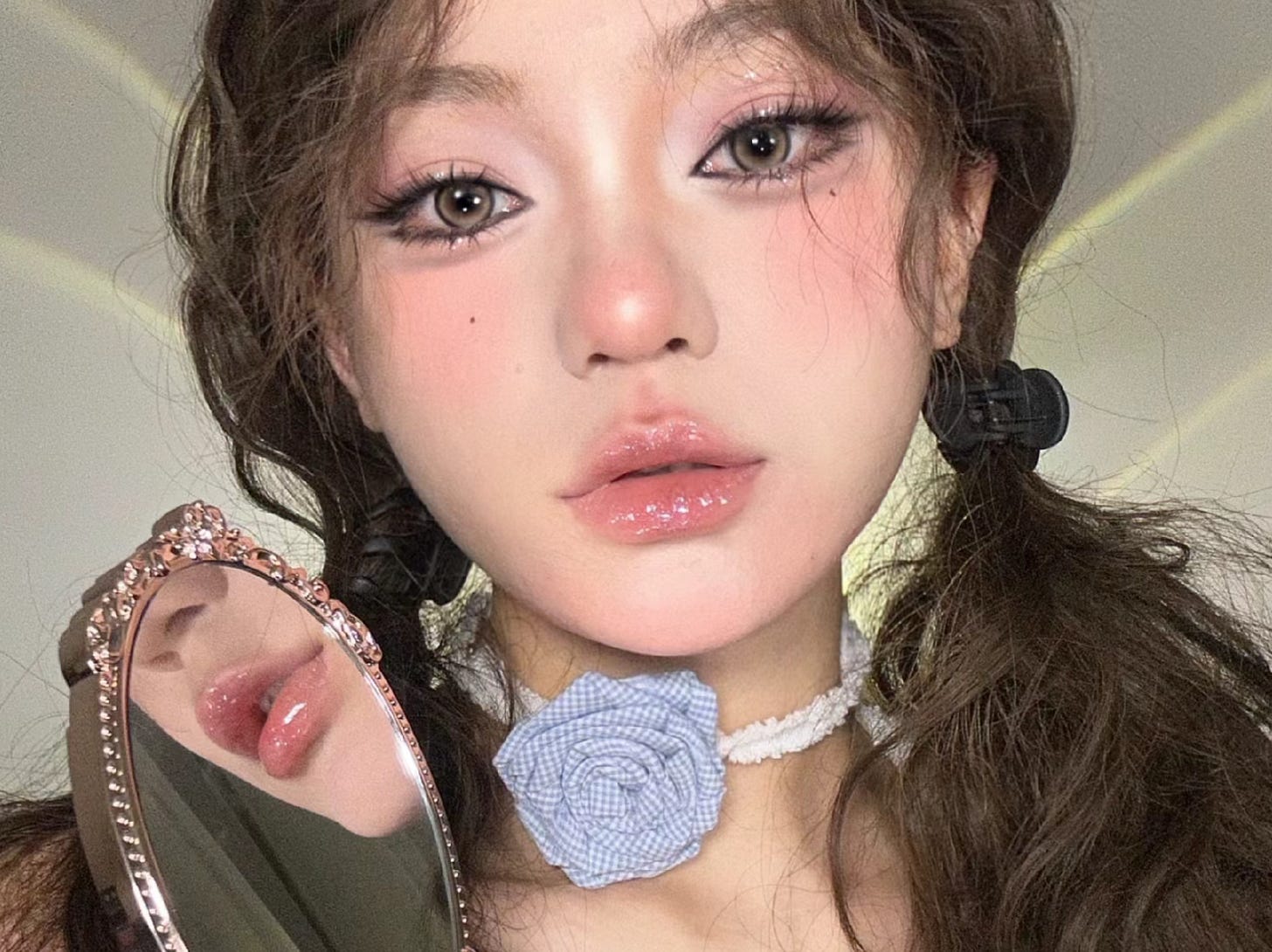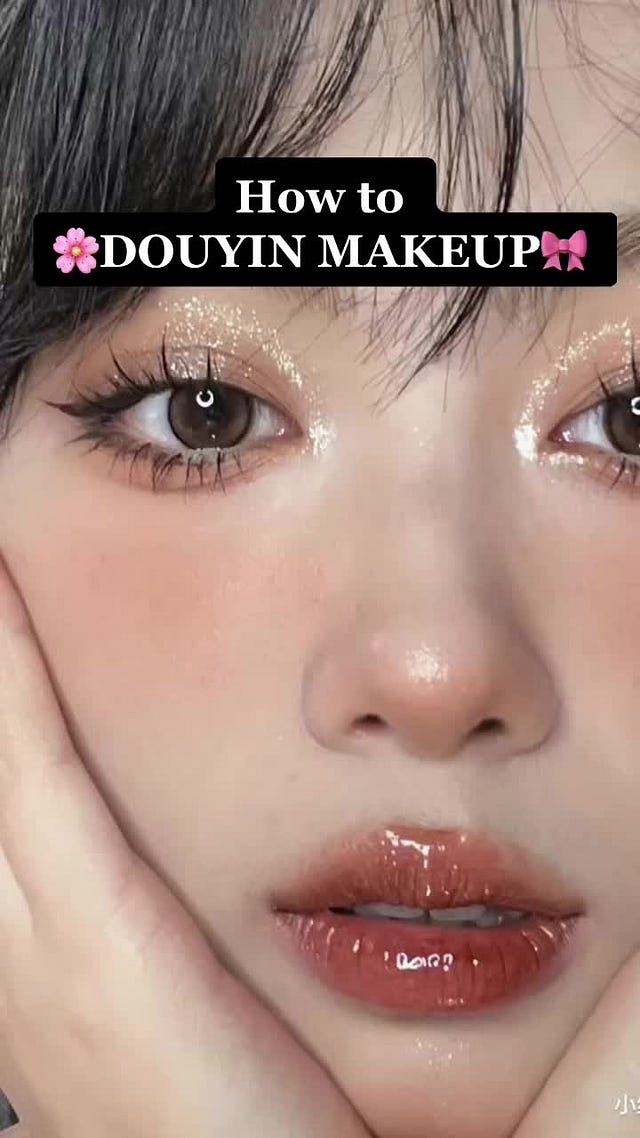MØRNING. Remember the K-wave? Or the slavic aesthetics that influenced our social feeds in recent years? Now, the winds of change have welcomed China as our latest digital trendsetter: you’ve been scrolling past C-trends without even knowing it. It’s taken a while, understandably, for Chinese and Western social trends to mesh (we use different platforms, after all). But with such huge user bases, mutually experiencing the same mass-unfolding of information and creativity, a meeting of minds was inevitable.
So, this week, MØRNING’s Sui is diving deep into the Chinese trends moulding digital habits in the West. There’s content creation revolutions, new beauty mindsets, and online shopping mutiny. But why are these trends sticking? What do they spell for our digital future? You better read on…

China is leading a digital revolution that’s influencing the very fabric of digital culture, with platforms like Douyin, TikTok and WeChat shaping a new wave of creativity and consumption online.
Yet it seems to me that this most influential force on our modern digital culture here in the West, often goes unremarked upon. What could understanding China’s cycle of influence teach us about our likes and dislikes? Our unsettlingly high screen time? Our latest parasocial obsession? Elon Musk’s dreams?
Of course, discussing such influence requires consideration. Western discourse around the development of technology and East Asia often falls into fear mongering rhetoric. Techno-orientalism helps define this phenomenon, where stereotypical visions of an Asianised future (popularised by films like Blade Runner) are applied, using ‘threateningly futuristic and advanced’ depictions of Asians that feed into western ‘ambient dread about Asian influence’. Essentially dehumanising and othering Asians.
I hope to avoid this harmful narrative and instead humanise, unpacking three examples of recent trends hailed from Chinese social media. Trends that related to, inspired and excited many, pushing past the myth that the West is always the dominant cultural catalyst.

The Xiaohongshu effect: keys to creativity
I begin with surreal self portraits, aka selfies with experimental, dreamlike visuals, made by creators on Chinese social media site Xiaohongshu (half Pinterest, half Instagram) with painstaking attention to detail.
You will be familiar with this trend from Western social media by now. Instagram creators were been busy recreating microtrends such as wide angle big hands, surreal 0.5x zoom storytelling and rising good vs evil twin themes throughout 2023. Xiaohongshu creators pushing the limits of composing and editing personal content has become an inspirational source that reminds Western Instagrammers: embrace your creative expression, by any means.
Why now, Western internet?
If the rise of TikTok’s Bold Glamour filter symbolised the dark dystopianism of our online times, then surreal selfies symbolises a weird, playful resistance. Highsnobiety’s recent report helps explain the significance of this new trend, finding that niche culture is continuing to accelerate. 44% of participants felt drawn to things considered weird or ugly by the mainstream, such as putting in a couple hours of work to create an unexplainable fever dream selfie? Sure.
Chinese creators are leading this trend with confidence at a time where ‘certain aesthetics once relegated to the fringes have begun to take centre stage: It has never been so cool (and so profitable) to be ‘strange’’. As creators become the leading brands of our time, this kind of scroll-stopping content does hold true value (creative and/or financial) against the slop we wade through daily online. Silly little trend or not, you can learn a thing or two from such save-worthy selfies.
Douyin makeup - beauty’s new ideals
Next, the trend widely known as Douyin makeup, a catch all term for ‘Chinese makeup’ styles popularised on social media sites like Douyin (domestic Chinese TikTok) and Xiaohongshu. Its varying styles include aegyo sal (a K-beauty inspired technique that emphasises the fat underneath the bottom eye line), pink blush, glitter, coloured contacts and manhua lashes. At the request of their audiences, Western beauty creators’ videos recreating such looks rack up views in the millions on TikTok.
OK, but why’s it so popular now?
When times get tough we famously buy lipstick. And amid ever-uncertain times, new beauty trends continue to be a comfort. TikTok exploded Western interest in TCM (Traditional Chinese Medicine) like Gua Sha and herbal remedies in recent years, providing an easy entry point for C-beauty. Both Chinese and Western creators bring to life the glamorous and fantastical aesthetics of authentic C-beauty with ease, boasting unique storytelling with names such as ‘Plain water makeup’ and ‘Maillard makeup’ (aka ‘meat makeup’!). In the saturated online beauty space C-beauty has earned its status through inventive, decent but affordable products and techniques. Who doesn’t love an underdog, ey?
And, as Western fashion and beauty trends have pivoted towards lore and the proudly synthetic to exercise freedom in tough times, the themes of fantasy that run through C-beauty have become a perfect source of inspiration and escapism. Seems a little Douyin makeup can go a long way…
Livestream e-commerce - the future of retail?
Finally, you may have heard of China’s extremely lucrative livestream e-commerce industry, used by almost 50% of the country's internet population as of June 2023. Popularised on Taobao, Kuaishou and other sites, audiences are typically drawn in by time-limited discounts, seamless purchasing and interactions with hosts.

Despite the discounts and dopamine of it all, recent attempts to implement China’s e-commerce strategy in the West were slow (cc Amazon Live, Instagram shop). In an article for Wired, livestream recruiter Souffle Li stated that American consumers ‘value their time differently than Chinese consumers, so they wouldn’t watch hours of live streaming to purchase discounted products’. However, Mckinsey's recent analysis stated that live e-commerce sales could account for as much as 10 to 20 percent of all e-commerce by 2026.
What’s going to change, and when? (Asking for the discounts)
The value shift has already happened. With livestream shopping, you can experience new types of connection (direct with the host), take in key information (without reading descriptions or testing products yourself) and you can win (the item). But most importantly, you can stay inside your house the whole time while you’re doing it! What’s not to like?
Take TikTok live shopping. Though there’s work to be done, 40% of TikTok Gen Zs have already bought at least one item or service while watching a social media livestream. Meanwhile streamers like Kai Cenat have proven the immense reach and influence this content can have. Albeit with the right hosting talent. Perhaps now is the perfect moment for Western creators to bring something fresh and new?
However we also know that Gen Z are loving IRL spaces too. As a generation of contradictions, they’ve also been responsible for helping malls bounce back post pandemic. I predict new livestream experiences will combine with this to define our next era of retail. Goodbye e-commerce as we know it!

So, reckon we have our very own hyper-online 60+ on the horizon? With help from China, quite likely. We’ll be back next week with more dispatches from the underbelly of the internet. In the meantime, most surreal selfie sent to us over at @morning.fyi gets a prize (we’re serious)…
Until next time!
Words: Sui Donovan
Editor: Letty Cole







